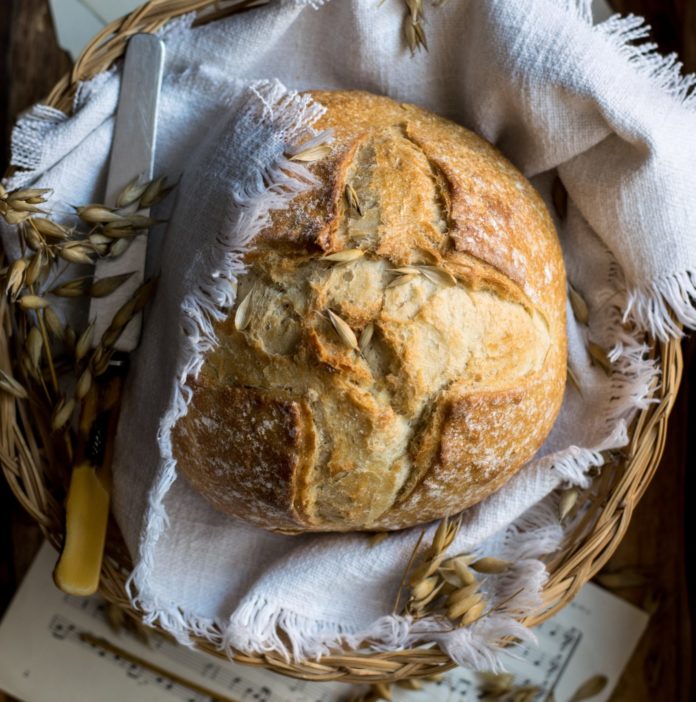Two years ago, the world seemed obsessed with two things: COVID-19 and sourdough. Happily, the pandemic is on the decline and sourdough is still delicious! It’s never too late to hop on a trend, so if you’re keen to bake your own version of the dense bread, here’s how to get started.
Start at the Very Beginning
Not every bread needs a starter to get, well, started, but sourdough isn’t just any bread. The easiest way is to ask someone who has a sourdough starter to lend you some, but in case your friends are sourdough newbies too, you can make your own. Begin by combining equal amounts of flour and water to form a thick paste. Then, place it into a large, clean jar that you can seal with a lid and allow it to stand at room temperature for 24–36 hours, or until you see small bubbles developing. Once there’s “evidence of life”, discard half the starter and add 120g of bread flour and ½ cup of warm water, and allow it to stand for a further 24 hours.
Hungry Lion
Ever had a pet? Well, consider it as training for having a sourdough starter. Much like your domestic animal, your starter gets hungry and needs to be fed (trust us, just go with it…). When the bubbles begin to deflate, add the same amount of water and flour and let it sit. Each time you feed your starter, discard half—or give it away—otherwise, you may find yourself drowning in starter! If you keep the starter in the fridge, it only needs to be fed once a week.
Warning Signs
Be careful not to overfeed your baby and to pay attention to the smell—the starter should be sweet and tangy. If it smells off, throw it away and start again from scratch. If you spot anything pink, orange, or green, the same deal applies. But, if there’s a layer of dark liquid over your starter when you take it out of the fridge, don’t panic. That is an alcohol produced by the yeast. Remove it or stir it back in—just don’t drink it unless you have a super strong stomach.
Get Baking
Delicious bread is the end goal here. Once you’re ready to start baking, make sure your starter is active (bubbling). Take the starter out of the fridge the night before, feed it, and check on it in the morning. If it’s bubbling madly, use it to bake. If not, feed it again and wait a couple of hours.






